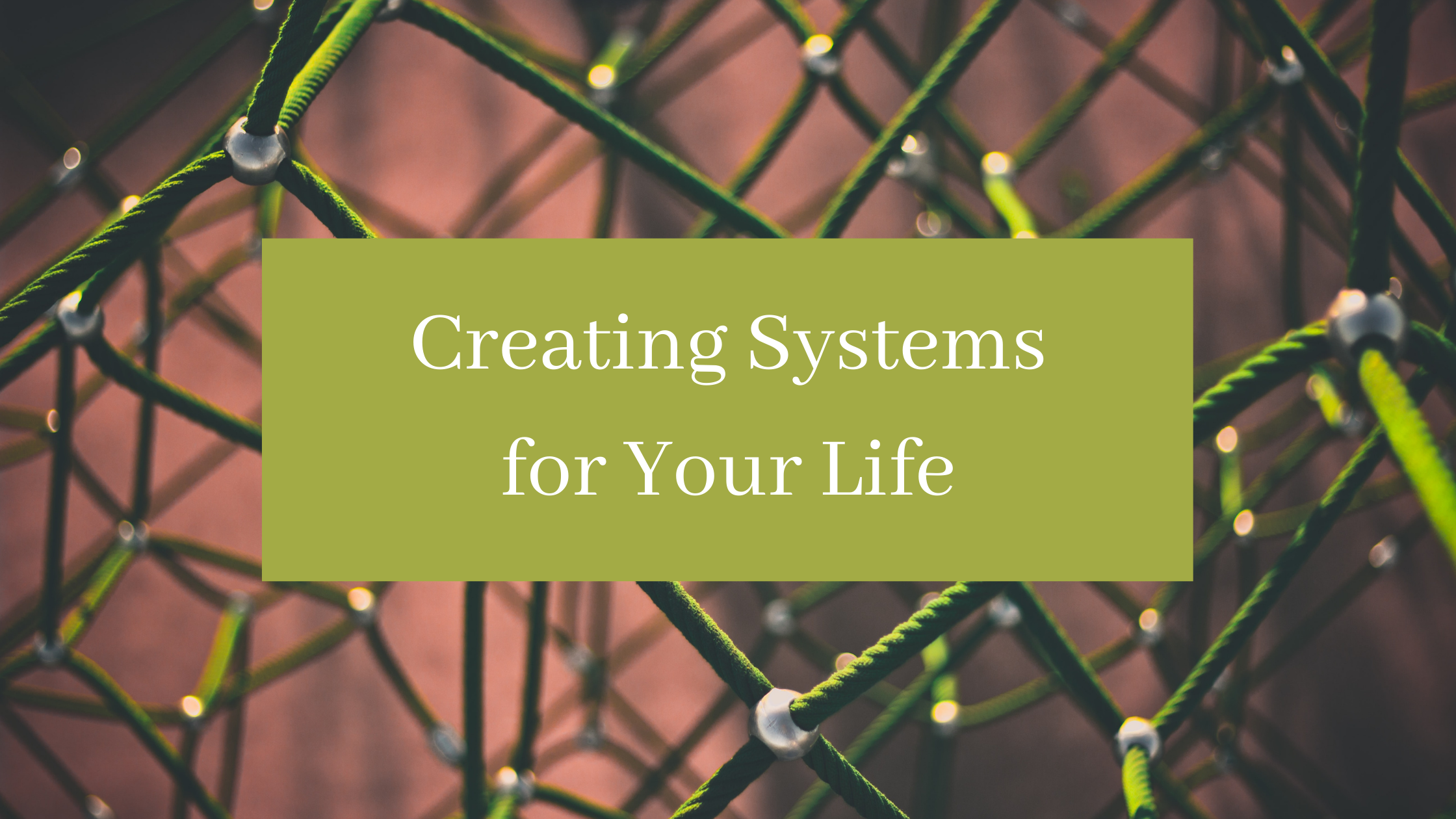It’s no secret that I’m a scanner who likes personal projects. And if you’re anything like me, you’re curious about the people you hear about who learned five languages in a year, or who completed an MIT degree in a year. In fact, that second guy was so excited about his project (and by learning about other people who took on similarly extreme challenges) that he coined the term “ultralearning” and wrote a book about it.
What is Ultralearning?
Scott H. Young wrote Ultralearning to outline the process of the same name. In a nutshell, ultralearning consists of dedicating a chunk of time to completely a project in pursuit of learning a skill or set of concepts. It’s a strategy for self-directed learning. Throughout the book, he is adamant than anybody is capable of taking on the herculean tasks that he describes, regardless of starting skill or talent. The examples that he gives includes Eric Barone, who created the immensely-popular video game Stardew Valley without any prior coding experience, Nigel Richards, who won the French Scrabble World Championship without speaking French, and Benny Lewis, who is well-known for his language acquisition skills.
So how does one accomplish ultralearning? You need to have a goal that adheres to the SMART principle. And then, you apply the 9 principles of ultralearning that Young lays out to design the project and continually push yourself forward in the pursuit of education and skill acquisition.
9 Principles of Ultralearning
Young dug into quite a bit of research in putting this book together. He summarized the key skills needed to complete an ultralearning project in these 9 principles. The 9 principles include ways to work with your brain to learn information and skills quickly and effectively. They also work to help you unlearn ineffective learning techniques you might have picked up in school.
Metalearning
Metalearning is the basis to all ultralearning projects. Essentially, you need to be able to see beyond what you want to learn and figure out how to best learn it. Because ultralearning projects are self-directed, you won’t have anyone to tell you how to put it together. Metalearning is how you build the toolkit that will help you complete your ultralearning projects faster in the future.
Focus
If you devote yourself to the pursuit of your ultralearning project, focus is how to maximize your time. This is especially important if you have a full-time job or other time obligations that limit your ultralearning time.
Directness
Remember what I said about unlearning ineffective learning techniques? This is where that concept comes out to play. It’s also the reason that most ultralearning endeavors center on a project. The idea with directness is that you skip straight to learning the skills that you would be using to accomplish your goals. For example, my college marketing degree included classes on market research, ethics, and even some VBA. I don’t use any of these in my day-to-day life as a brand manager! To be more direct, I would be learning about managing a product portfolio, working with creatives to develop effective product briefs, and getting hands-on experience managing social media. (That last point is why I have a blog!)
Drill
Drilling is a great technique for learning processes. For any career or hobby, there will be things that you repeat over and over again. It’s worth your time to perfect some of these things to streamline your process down the line. Did you play a sport growing up? I played volleyball, and we spent a lot of time practicing digging out spiked balls and getting consistent with serving. Those were fast ways to lose points – and games – so getting the muscle memory ingrained in each player helped us play better games. The same goes for whatever project you have in mind. Identifying common processes and developing drills for them will smooth your learning process.
Retrieval
For most skills, there are facts you just need to know. Software developers know the syntax for a programming language, foreign language speakers have their vocabulary, and marketing professionals have their revenue/profit/margin relationships down pat. Young outlines several ways to memorize what you need to memorize.
Feedback
How do you know if you’re doing things right? In school, we had assignments and tests to give us feedback on our progress. In sports, you play games against other teams to test your prowess. But in personal projects, you might be working alone. Young outlines the importance of getting the right kind of feedback, early and often. Though it might suck to get negative feedback early in learning something, that’s probably the best way to keep yourself on track!
Retention
Ok, so you’ve trained your brain to retrieve what you’ve learned, and you’re getting feedback to ensure you’re learning the right thing. How do you make sure what’s in your brain stays there? Neuroscientists are still actively learning about how our brains store information. Which means there’s no tried-and-true way to ensure retention. Instead, Young discusses the three main theories about how we forget, and some tools to fight it.
Intuition
Many geniuses that we hear about appear to be geniuses because they pull solutions seemingly out of thin air. But the reality is that these folks tend to play around with the hard problems, mulling them over and examining them from unusual angles in order to discover an overlooked insight.
Developing this kind of intuition for whatever you’re working on is how you go from being a beginner to a master. It’s why your coworker who’s been on the team for three years can get their work done faster – they’ve seen enough problems that they can more efficiently jump to a solution. To develop intuition for your personal ultralearning project requires forcing yourself to be stuck on problems. But eventually, you’ll get there.
Experimentation
This final principle brings the fun into the ultralearning process. If you develop an ultralearning project of your own, you need to be flexible with your schedule and learning processes. You don’t know what works yet, so keeping an open mind and continually tweaking your process will lead you to a unique (but effective) system.
Summary: Ultralearning in Practice
The final chapters of the book are about how to apply these principles to either your own ultralearning project or to your own life outside of projects. Read the book for more info on that (and I’ll probably build one of my own – stay tuned on that). But if you make an effort to employ these 9 principles of ultralearning to your day-to-day life, you might find unexpected efficiencies!




No Responses